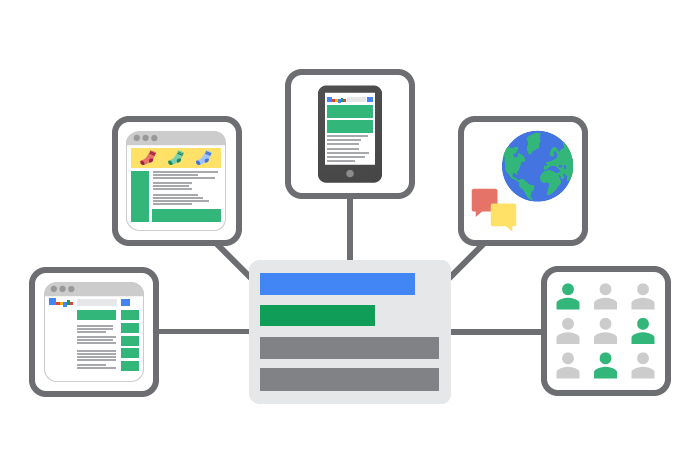Having a website that is highly and easily usable is desirable and the key to the success of your website. A qualitative measure of how hard or how easily the interface of your users experience is on your website, ‘usability,’ is what you will use to improve your website usability. The way your webpage visitors accomplish their desired tasks is affected by usability. Usability assessments involve looking at how easily one can learn a site, how pleasant a visitor finds the experience and how efficiently it gets used.
Web success is impacted by how usable your page is. As a matter of fact, usability is more important than cutting edge technology and beautiful graphics. A website that is usable will get more repeat visitors and word-of-mouth than a website that is hard to use. Poor usability on the web can lead to decreased trust and confidence and frustration, which results in lost customers and sales.
For a business website, success for enterprises that have to do with customer service, usability is quite important. Guests who can’t easily use a service online will most likely turn to customer service and ask for help. Employee efficiency and productivity on intranets are affected by usability. The time staff spends figuring out how an intranet is used is not exactly spent doing tasks that are important. Indeed, you may get rave customer reviews about your website’s designs but at the same time your design may compromise your usability. A website’s usability is simply the ease of use it provides your visitors. Obviously, the simpler your page is to use, the better chances a visitor will stay there longer.
Following these steps will help in the improvement of your website’s usability. Here are five web strategies to improve the usability of your website.
Create Simple Navigation
Make sure that the system you are using for web navigation is simple to understand and easy to use. This is usability’s first aspect and if you have not applied this to your site, you need to make a few alterations Remember that visitors who are frustrated are the ones that quickly leave.
Provide Information About Yourself
Visitors need to be provided with information that lets them know your website exists. You can do this in your ‘about’ page or in your homepage. In simple language, explain to visitors what your website can do for them and what the purpose of you website is.
Get Rid of Big Graphics and Flash
Flash movies and big graphics on your website needs to be eliminated. Visitors truly want the information they are looking for in split seconds. If you have tons of large graphics and other stuff, you won’t have much speed and it is quite important that you are able to have speed. Large graphics will result in downloading times which are pretty long.
Sitemap Creation
Sitemaps are the entire structure of navigation of your website on 1 page. Guests can use these not just to get quickly to a page but also to get an idea overall of what is covered by your website. Find out how easy it is to read your website. Make sure that you use big font with headings that stand out and nicely contrasting colors. This is especially of importance when you have tons of content.
Testing Your Website
Testing your website is important. This is to see if your visitors are able to use it. Each of the links needs to be tested to ensure that these all work correctly. Besides this, testing to check if your website is viewable in all browser-types is important as well.
Follow these steps to make your website more user friendly and you see results in the form of increased sales and leads.
Article writen by Mark Jones of OSI Affiliate Software.



